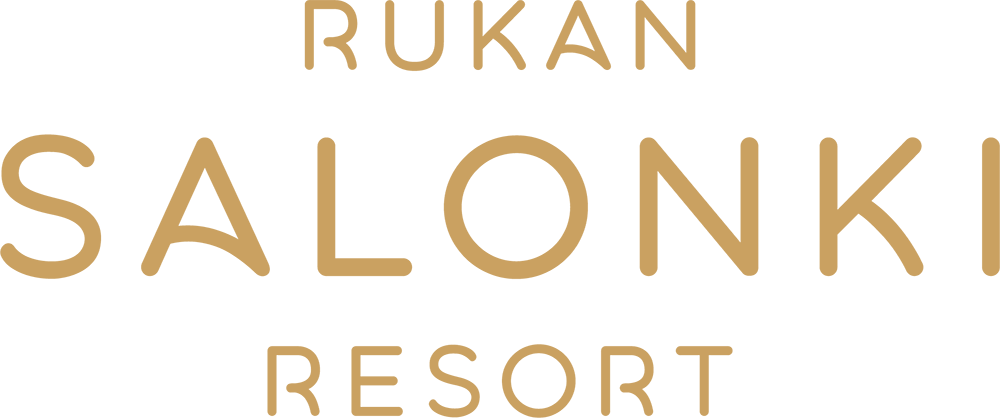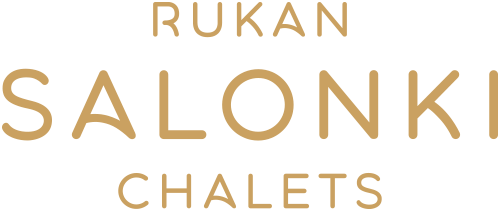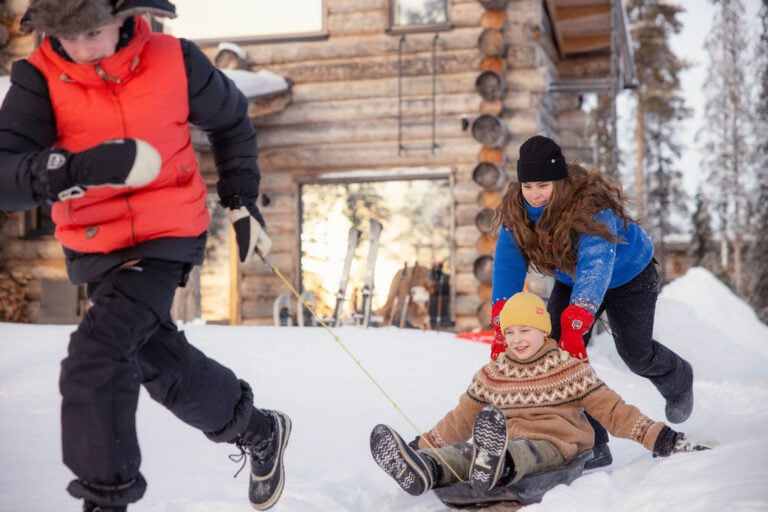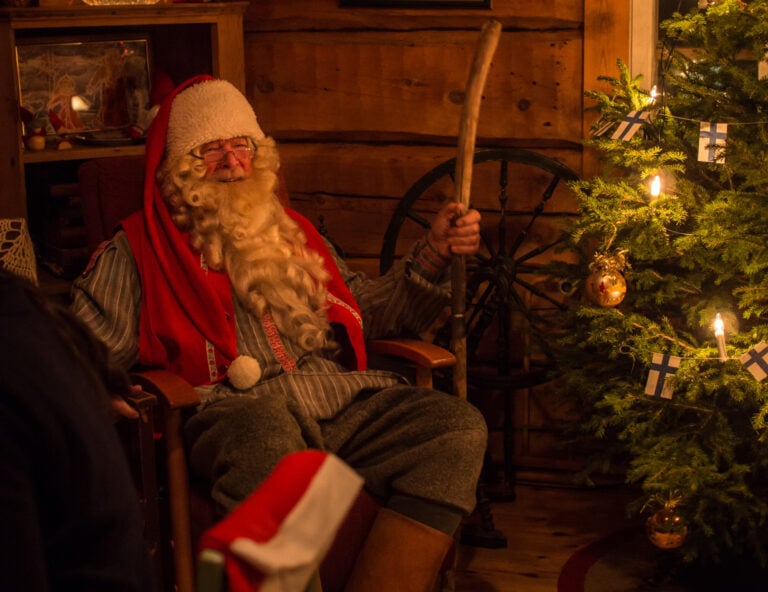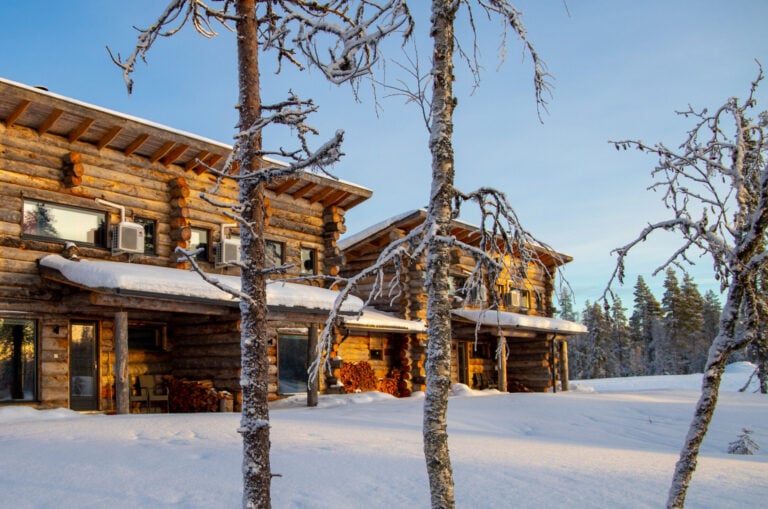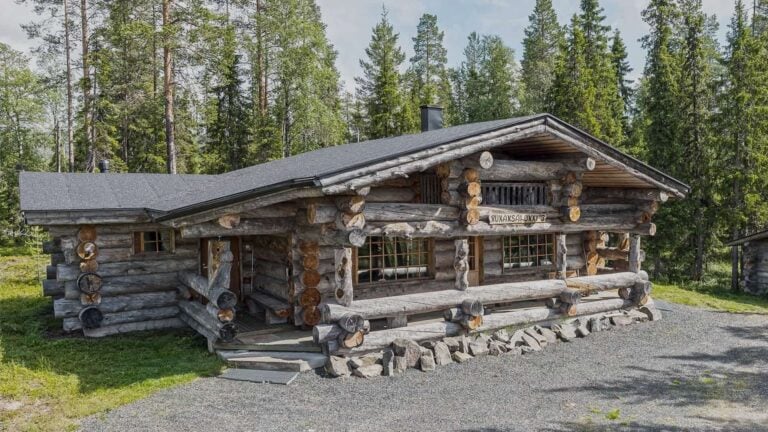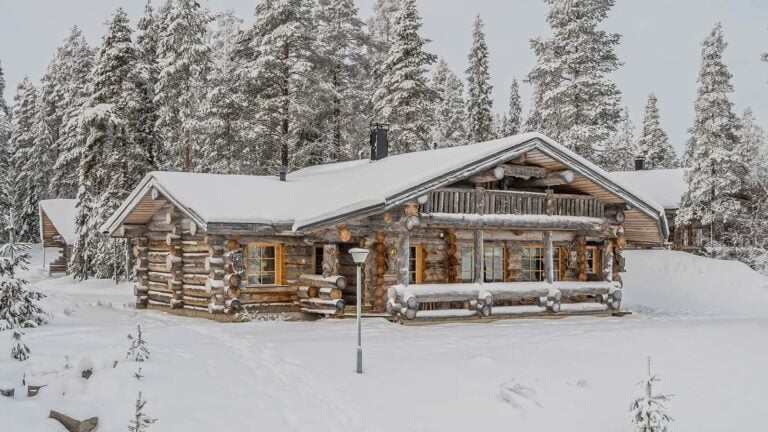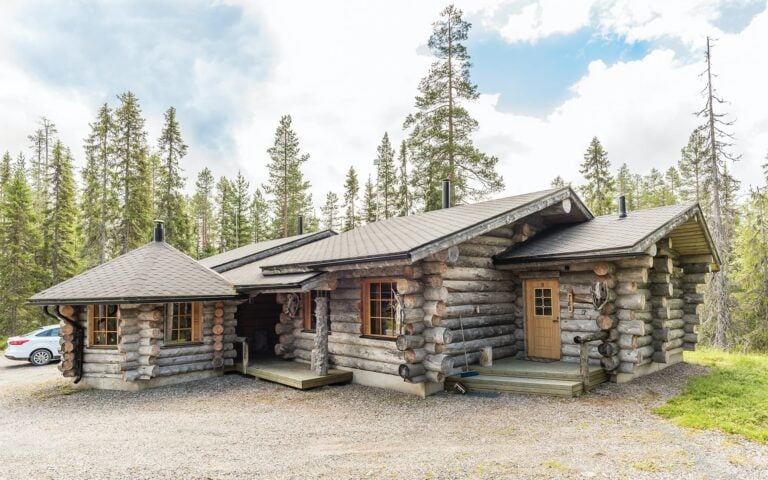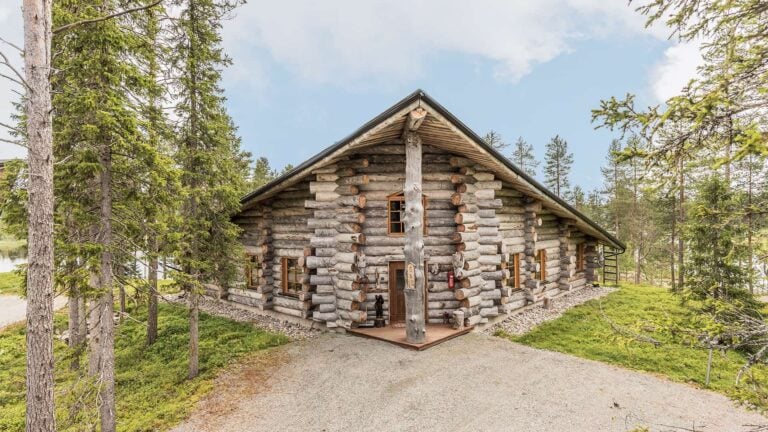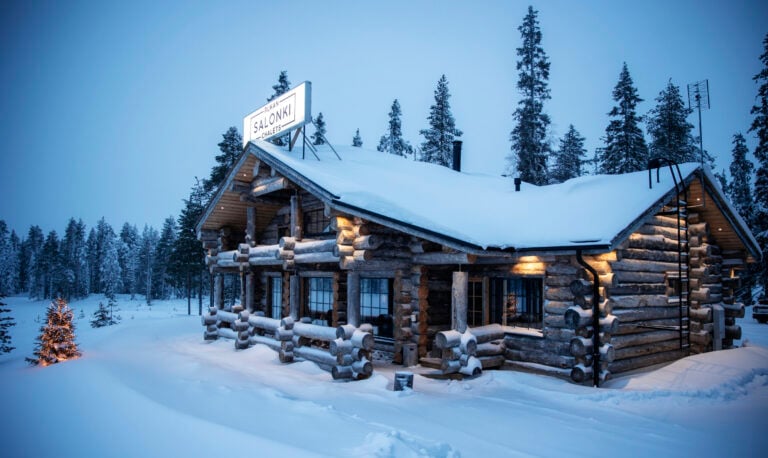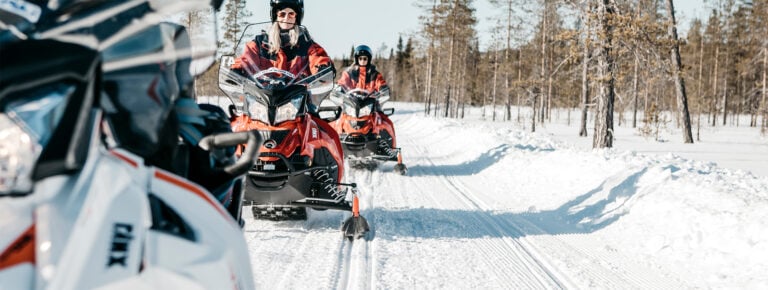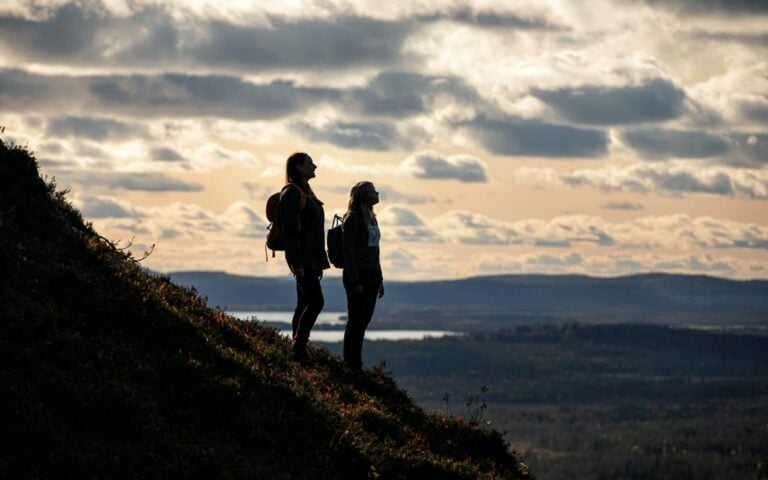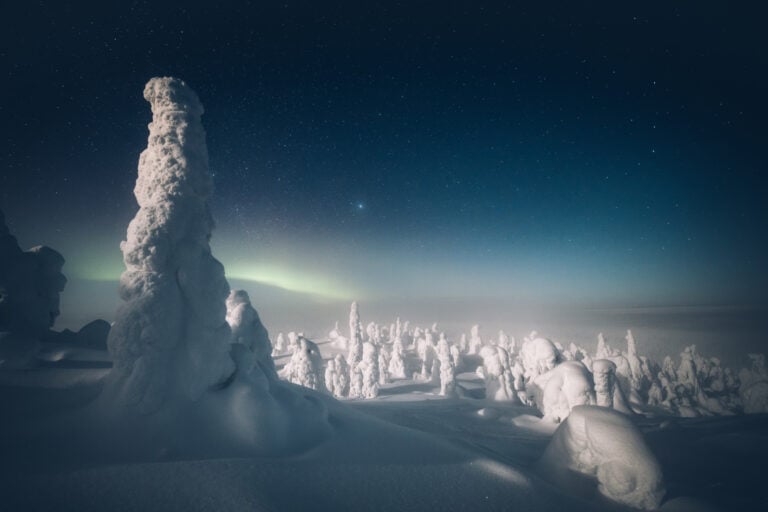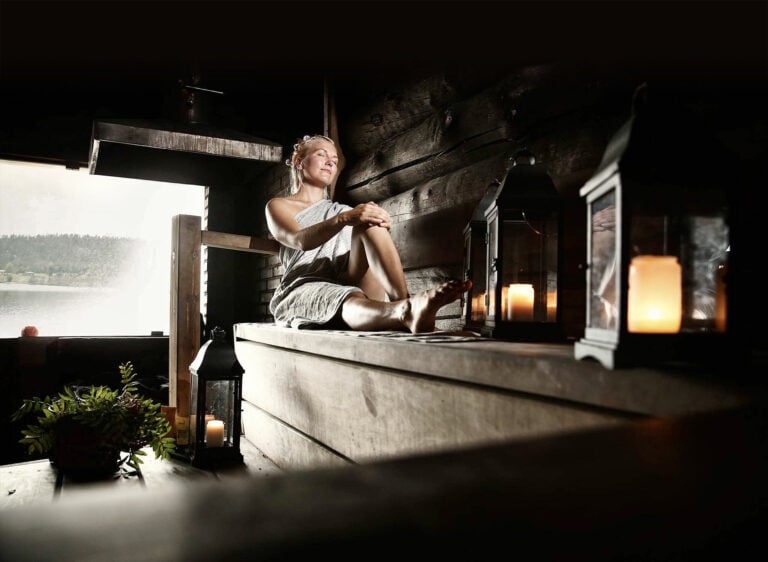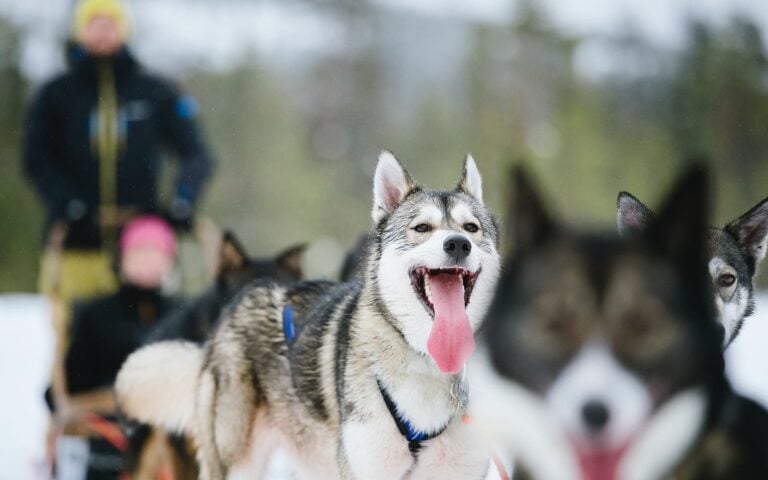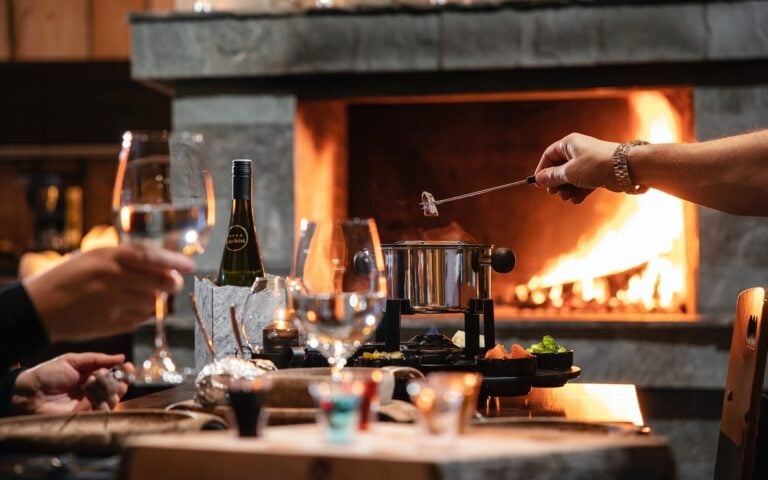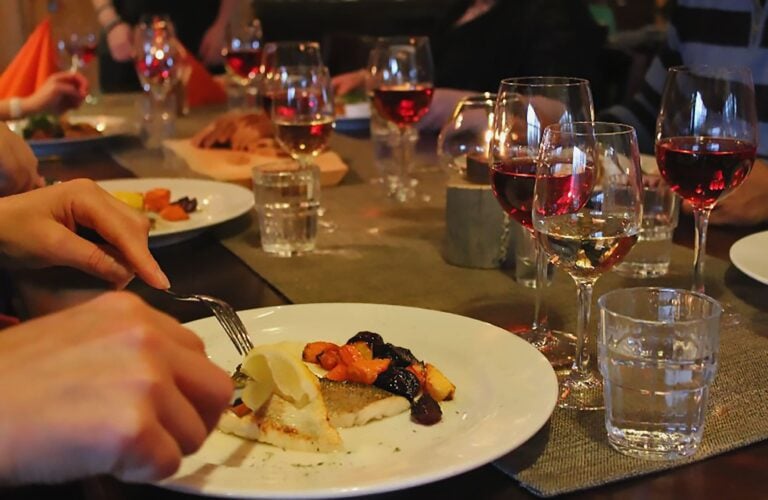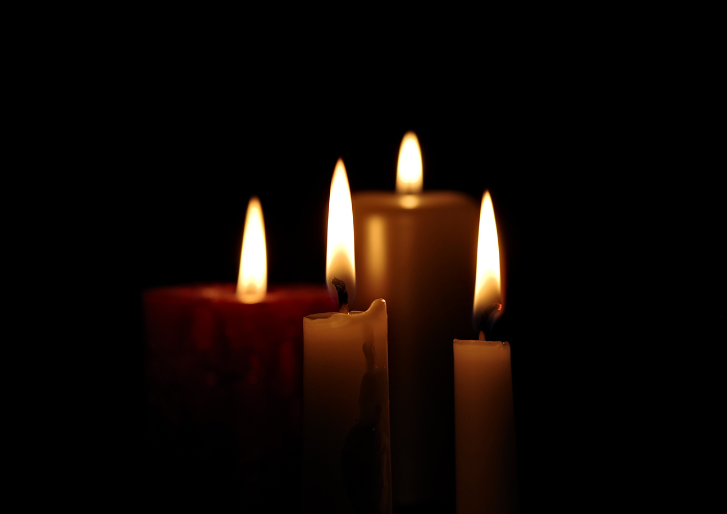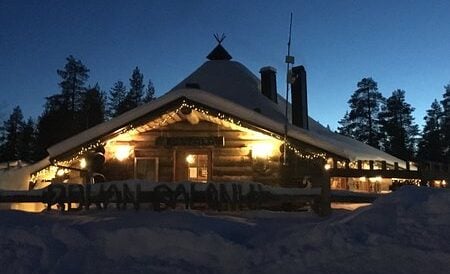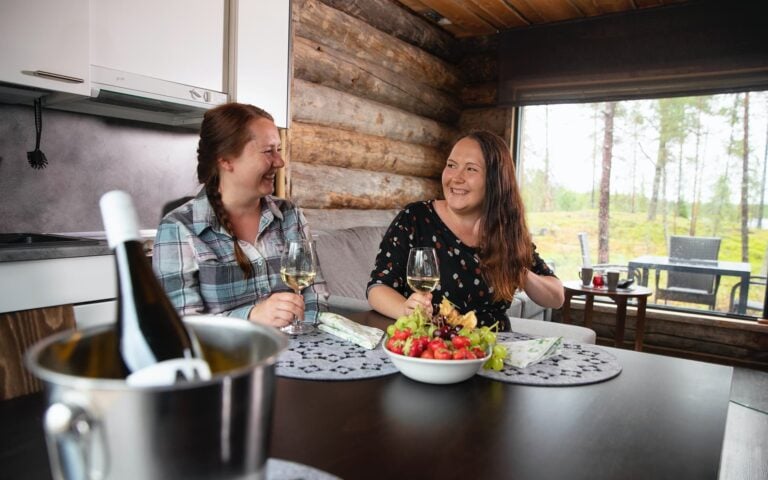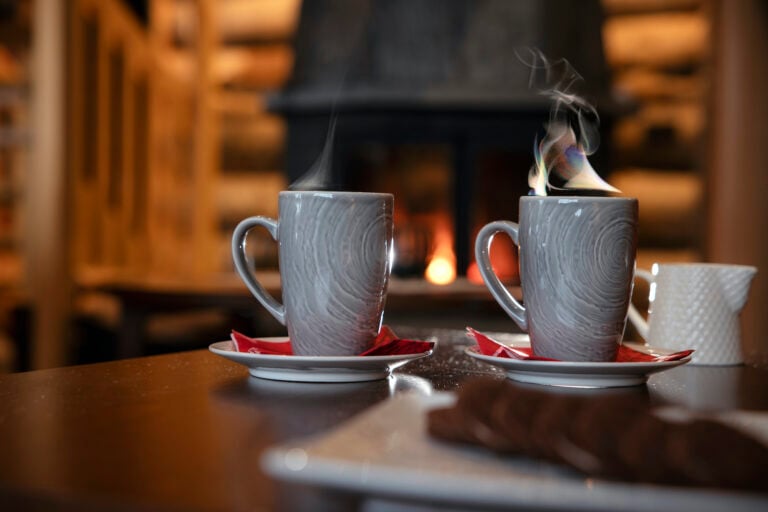How to photograph northern lights in Lapland?
Photographing northern lights in Lapland requires careful planning, proper equipment, and optimal timing during the aurora season from September to March. Success depends on finding dark locations away from light pollution, using manual camera settings with high ISO and wide apertures, and staying patient during clear, cold nights when geomagnetic activity is strongest.
Northern lights photography in Lapland
Lapland offers some of the world’s most spectacular opportunities for aurora borealis photography, with its pristine wilderness and minimal light pollution creating ideal conditions for capturing these magical displays. The region’s location within the auroral oval means visitors can witness northern lights activity for nearly 200 nights per year during the optimal season.
The key to successful northern lights photography in Lapland lies in combining the right location with proper preparation. Remote lakeside locations provide perfect reflective surfaces that double the visual impact of aurora displays, whilst the surrounding wilderness ensures minimal artificial light interference. Many photographers find that staying at well-positioned northern lights accommodation provides convenient access to prime viewing spots without the hassle of travelling long distances in harsh winter conditions.
Finland’s northern lights season coincides with a wealth of winter activities that can enhance your photography expedition. From snowmobile safaris that transport you to remote viewing locations to traditional log cabin stays that offer authentic Arctic experiences, the region provides comprehensive support for aurora photography enthusiasts.
What is the best time to photograph northern lights in Lapland?
The optimal time for Finland northern lights photography spans from mid-September through late March, with peak activity typically occurring between October and February. During this period, nights are sufficiently dark whilst weather conditions remain manageable for outdoor photography sessions.
Aurora activity follows an approximate 11-year solar cycle, but even during quieter periods, Lapland’s northern latitude ensures regular displays. The best viewing hours occur between 9 PM and 2 AM, when the sky reaches maximum darkness and geomagnetic activity often peaks. Clear, cold nights with minimal cloud cover provide ideal conditions, though temperatures can drop below -30°C during winter months.
Moon phases significantly impact photography opportunities. A new moon offers the darkest skies for capturing faint aurora details, whilst a quarter moon provides gentle illumination that can beautifully highlight foreground landscapes without overwhelming the aurora display. Lakeside locations prove particularly advantageous during these conditions, as the water’s reflective surface amplifies the aurora’s visual impact.
What camera settings work best for northern lights photography?
Aurora borealis photography demands specific manual camera settings to capture the lights’ ethereal movement and vibrant colours. Start with ISO settings between 1600-3200, though modern cameras can handle up to ISO 6400 for particularly faint displays.
Aperture settings should be as wide as possible, typically f/1.4 to f/2.8, to maximise light gathering capability. Shutter speeds require careful balance: 8-15 seconds capture aurora movement whilst maintaining star sharpness, whilst 20-30 seconds create dramatic light trails but may blur stellar details.
Manual focus is essential, as autofocus systems struggle in low-light conditions. Focus on bright stars or distant landscape features using live view magnification, then switch to manual focus to maintain settings throughout the session. White balance should be set to daylight or slightly cooler to preserve the aurora’s natural colour palette.
| Setting | Recommended Range | Purpose |
|---|---|---|
| ISO | 1600-3200 | Light sensitivity without excessive noise |
| Aperture | f/1.4-f/2.8 | Maximum light gathering |
| Shutter Speed | 8-15 seconds | Aurora movement with sharp stars |
| Focus | Manual infinity | Sharp stars and landscape |
How do you choose the perfect location for aurora photography in Ruka?
Selecting optimal photography locations around Ruka requires considering both Lapland photography tips and practical accessibility factors. The ideal spot combines unobstructed northern horizon views with interesting foreground elements like lakes, forests, or traditional structures that add compositional depth to aurora images.
Ruka’s elevated position and surrounding wilderness provide numerous excellent viewing locations within short distances of comfortable accommodation. Lakeside positions offer particular advantages, as the water’s reflective surface creates stunning mirror effects that double the visual impact of aurora displays. These locations also tend to have fewer obstructions and provide natural leading lines for compelling compositions.
Distance from artificial light sources is crucial for successful aurora photography. Even small amounts of light pollution can significantly reduce aurora visibility and create unwanted colour casts in photographs. The area’s remote location naturally minimises these concerns, whilst strategic positioning can eliminate any remaining light interference from nearby settlements.
Weather protection and accessibility should influence location selection, particularly during harsh winter conditions. Positions that offer some natural windbreak whilst maintaining clear sky views help photographers endure long shooting sessions. Consider locations accessible via comprehensive winter packages that include transportation and local guidance.
What equipment do you need for northern lights photography in Finland?
Essential equipment for winter photography Lapland includes a full-frame or crop-sensor camera capable of high ISO performance, paired with fast wide-angle lenses (14-24mm) that capture expansive aurora displays. A sturdy tripod designed for cold weather operation is absolutely crucial for sharp images during long exposures.
Battery management becomes critical in sub-zero temperatures, as lithium-ion batteries lose capacity rapidly in cold conditions. Carry multiple spare batteries kept warm against your body, and consider external battery packs for extended shooting sessions. Memory cards should be high-speed variants capable of handling large RAW files efficiently.
Additional accessories enhance both comfort and image quality during aurora photography sessions. A reliable headlamp with red filter preserves night vision whilst allowing equipment adjustments. Lens cleaning supplies remove condensation and snow, whilst hand warmers prevent equipment freezing and maintain photographer comfort during long exposures.
Protective gear extends beyond photography equipment to include appropriate clothing for extended outdoor exposure. Insulated boots, thermal layers, and wind-resistant outer garments enable photographers to remain comfortable during multi-hour shooting sessions. Many photographers benefit from booking comprehensive packages that include equipment recommendations and cold-weather preparation guidance.
Key takeaways for northern lights photography success in Lapland
Successful aurora viewing Finland combines technical photography skills with careful planning and appropriate location selection. The most crucial factors include timing visits during optimal aurora seasons, mastering manual camera settings for low-light conditions, and positioning yourself in areas with minimal light pollution and clear northern horizon views.
Equipment preparation extends beyond cameras and lenses to include cold-weather protection for both gear and photographer. Battery management, lens protection, and appropriate clothing enable extended shooting sessions that increase chances of capturing spectacular aurora displays. Understanding local weather patterns and aurora forecasting helps maximise photography opportunities.
Location selection significantly impacts photography success, with lakeside positions offering particular advantages through reflective surfaces and unobstructed views. The combination of accessible positioning, natural beauty, and comprehensive support services creates ideal conditions for both novice and experienced aurora photographers seeking to capture Lapland’s most spectacular natural phenomenon.


